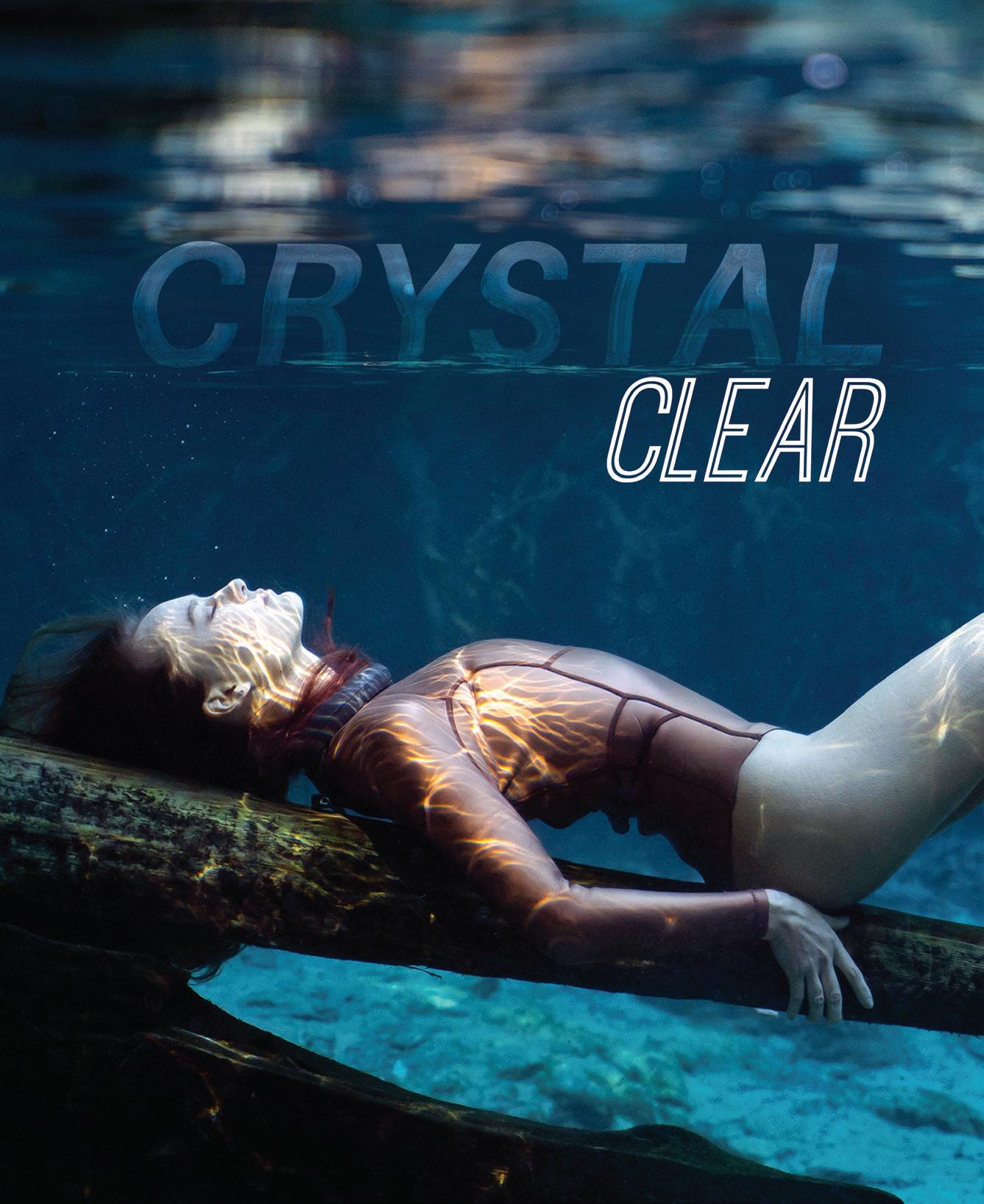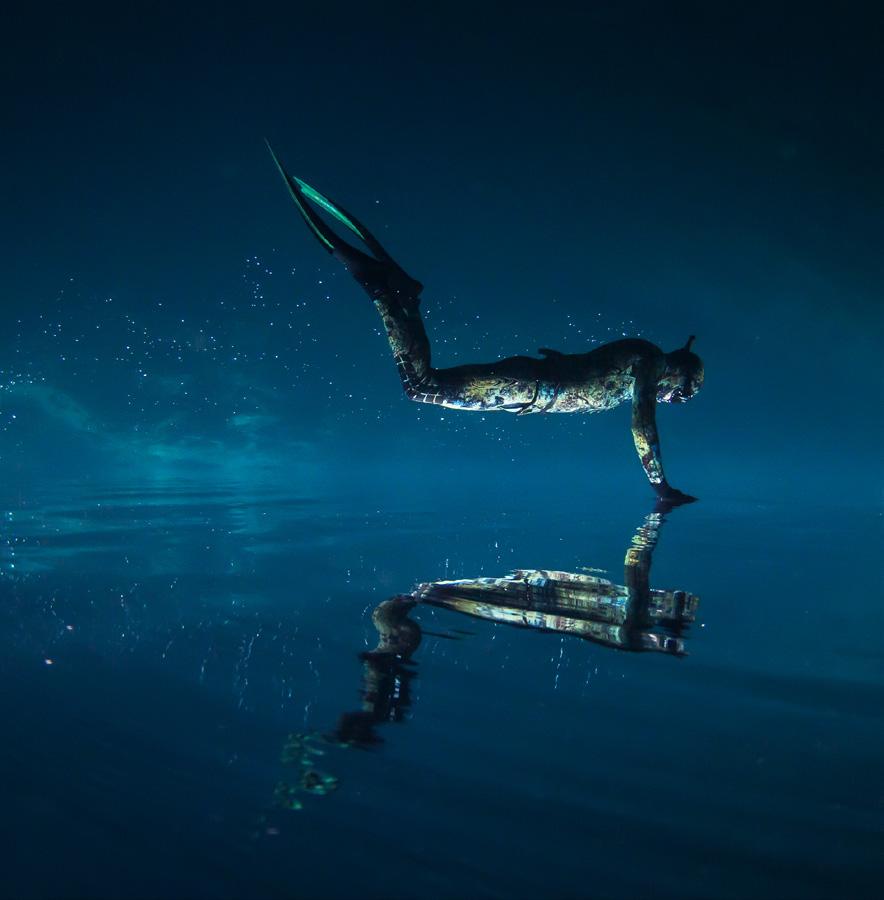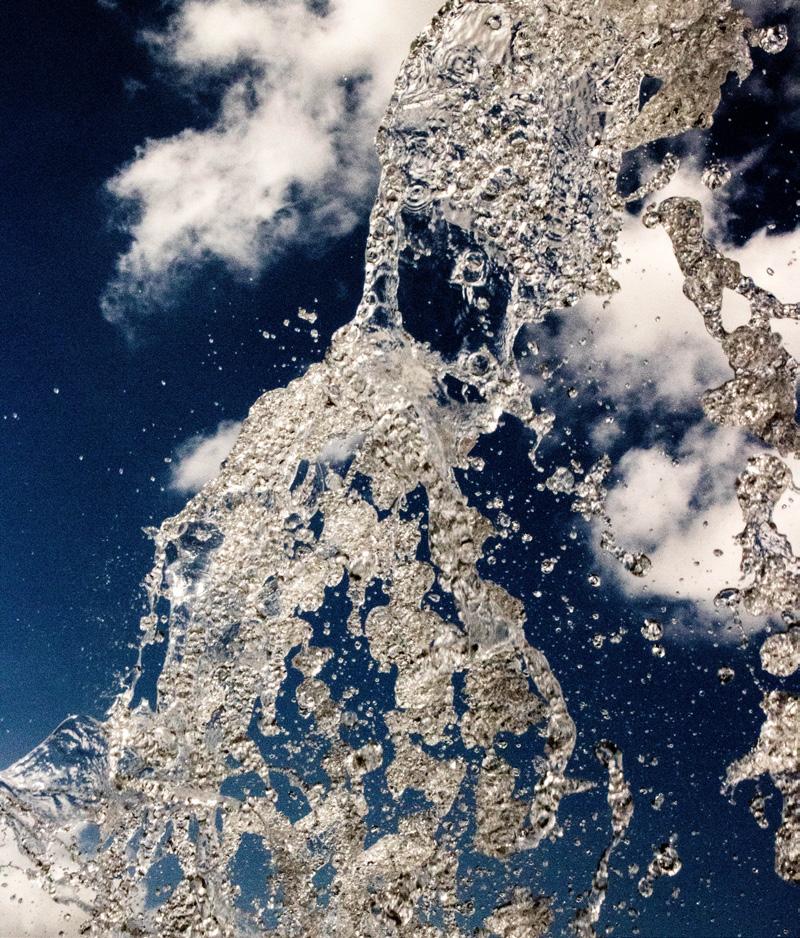
8 minute read
The Macro 411: Counting On A Better Lifestyle
The Macro 411:
Counting On A Better Lifestyle
BY JACQUELINE SAGUIN
Health fads come and go. Paleo diets, fat-free kicks and low-carb crazes — it’s hard telling what works and what’s harmful to your health .
It all comes down to the basis that if you eat more calories than you burn through working out, you gain weight, and if you eat fewer calories and burn more calories, you lose weight. Counting macronutrients just might be the plan that sticks in ensuring you find a healthy, balanced diet.
Macronutrients are the big nutrients our bodies need a lot of, like proteins, fats and carbohydrates. Micronutrients are the things we need in small doses like vitamins and minerals, measured in micro- or milligrams. Macronutrients help with energy while micronutrients help us digest those nutrients, according to the Mayo Clinic.
Tracking both macronutrients and micronutrients keeps you accountable, making sure you’re eating the right amount of foods. Counting macros focuses attention on food quality over calorie content. This means choosing healthier, nutrient-filled foods to fulfill your macronutrient goals.
Lara Baigorria, a professional bodybuilder and University of Florida alum, says she implements macro counting into her diet when she wants to compete, lose fat, gain muscle or just maintain her physique. She says it’s a sustainable approach to dieting.
As a picky eater, Baigorria feared she would never be able to reach her health goals without eating food she hated, but counting macros showed her that she could have the best of both worlds. She could eat the foods she enjoyed in the right portions, void of feeling deprived while still working toward her goals.
Our dinner plates, whether at restaurants or at home, can be loaded up with large portions that we eventually might consider normal portions. This can distort our perception of a portion, which leads to overeating — especially in higher-calorie foods, Baigorria said. So, taking a look at what we’re missing or eating in excess can help us better understand what our body needs for balance. And here’s how:
1 FIGURE OUT YOUR CALORIE NEEDS
& PLAN YOUR IDEAL PERCENTAGE
According to Jennifer Bleiweis, a registered dietitian with Real Foods RD, the average macronutrient count includes:
CARBS: 50% OF TOTAL CALORIES FATS: 20% OF TOTAL CALORIES PROTEINS: 30% OF TOTAL CALORIES
These may differ from your personal goals and needs. If someone has a metabolic disorder like diabetes, this range may change to accommodate their disease, says Bleiweis.
2 TRACK YOUR MACROS
AND CALORIE INTAKE
Begin logging the foods you eat in a journal or app, such as “My Fitness Pal” or “Lose It.” Keep in mind that it’s not necessary to hit your macro targets exactly. You can still meet your goals even if you go a few grams over or under each day. 3 KEEP THE BODY AND
MIND HEALTHY
Although keeping a sheet each day to record intake can be useful for people who need specific portions, someone may grow overly invested in the process, which can disrupt their daily life and happiness. This is, unfortunately, an unintended consequence and results in a disturbed relationship with food and possibly disordered eating, according to Bleiweis. Finding a balance is essential to your health.
“The biggest misconception I see with counting macros probably centers on counting carbohydrates,” she says. “Kind of like how fats were vilified in years past, people sometimes will go to extreme measures to limit carbs.”
In reality, carbs are vital to our health and energy. Similarly to fats, there are carbohydrate sources that offer far greater health benefits than others, Bleiweis said. When someone limits their carb intake, they may avoid whole food groups, missing out on the health benefits from fruits, whole grains, starchy vegetables and beans. Eliminating any of these foods may result in vitamin deficiencies and lower fiber intake, she said.
Be mindful of what you eat. Choose healthy fats over unhealthy fats. Otherwise, you can increase your weight despite fulfilling your daily percentage. Complementing this with enough micronutrients from fruit and vegetables can make for a balanced diet and a happier you. In order to find out what works best for you, always consult with your physician and/or a registered dietitian.
* Always consult your doctors if changing your diet


Water. It makes up 71% of the Earth and is one of the most essential parts of our everyday lives. It has the capability to support entire ecosystems and give us oxygen, yet holds the power to destroy entire communities. With everything that water is capable of, it’s most compelling quality is its sheer beauty. We reached out to the community in search of the best aquatic photos and we found five individuals that captured water's beauty perfectly.

PHOTOS BY: DREW HERRICK
Drew grew up diving in the springs of North Florida, but his passion for outdoor sports has led him back and forth between the mountains and the sea. He is an experienced freediving instructor and underwater photography enthusiast. He uses his background as an outdoor educator to teach people more about themselves, increase their confidence in the water, and replace fear and misunderstanding of the ocean with wonder and compassion. Through his courses and his photos, Drew hopes to create more advocates for ocean conservation while promoting the sport of freediving. He primarily uses a Sony A7III in a Nauticam underwater housing. All Photos by: underwater photos he takes are on breath hold while freediving. PHILIPPINES I'm most intrigued by photos that are not heavily manipulated and still manage to make the viewer question the reality of what they are looking at. The perfectly calm and clear water in this lake provided us with amazing opportunities to get creative.
FLORIDA SPRINGS

If you are lucky enough to have a spring to yourself, the stillness of the water can produce a surreal effect in photos. Here, the lighting was just right to create an almost
I LOVE TO CAPTURE PEOPLE MOVING GRACEFULLY AND INTERACTING NATURALLY WITH THE AQUATIC ENVIRONMENT.

outer space-like feeling.
GULLFOSS FALLS, ICELAND
PHOTO BY: JOHN Mullarkey

PHOTOS BY: REME Vau g h t


SILVER GLEN SPRINGS IN THE OCALA NATIONAL FOREST
I captured this image as a water feature in Tampa, Florida shot into the sky. Crouching below, I quickly prepared my camera and managed to line up the water, clouds and blue sky to create the image I pictured in my head.
PHOTOS BY: ALEX MARTIN

Alex attended the University of Tampa and graduated with a Bachelor's Degree in Fine Arts with a Photography concentration. In Tampa, she was surrounded by beautiful, natural water as well as amazing water features all across the city. Water first caught her attention about five years ago and has been a main focus of her photographic work ever since. She photographs with a Canon EOS Rebel T6i and enjoys using very shallow depth of field to add detail and intrigue to her photographs. Her work contains images that celebrate the grace and fluidity of water and its many characteristics. She loves finding beauty in the ordinary and revealing details that may not be seen at first glance. She is inspired by the graceful movement of water and what it is capable of. As a dancer, movement has always inspired her, and she has now transferred that love for movement into photographing water. She captures images of moving water in hopes that viewers will see it through her eyes and appreciate the beauty and grace as she does.
TAMPA, FL

A water feature in Tampa, Florida bubbled above the surface. I crouched down so that I was level with the surface, and captured this photo as the water was erupting.
PHOTOS BY: ANNA MORERA
Anna grew up walking distance from the ocean in her hometown of Boynton Beach, Florida. Swimming freely in the sea as a child soon grew into a passion for competitive synchronized swimming. Fifteen years later, she now competes at the collegiate level at the University of Florida while pursing a degree in Psychology. In her free time, she finds a creative outlet through photography and travel. While her photography company currently largely centers itself around portraits, people and events, water is still a large part of her inspiration to this day. In the future, she hopes to continue expanding her experience in travel photography while continuing her studies in mental health and advocacy work.


KRKA NATIONAL PARK, CROATIA










